Quilting is a timeless art form cherished for its creativity and functionality. However, fraying fabric can be a quilter’s nightmare, leading to frustration and wasted materials. Fear not!
In this comprehensive guide, we’ll delve into proven methods to prevent fabric fraying when quilting. From essential tools to advanced techniques, we’ve got you covered.
What Is Fabric Fraying
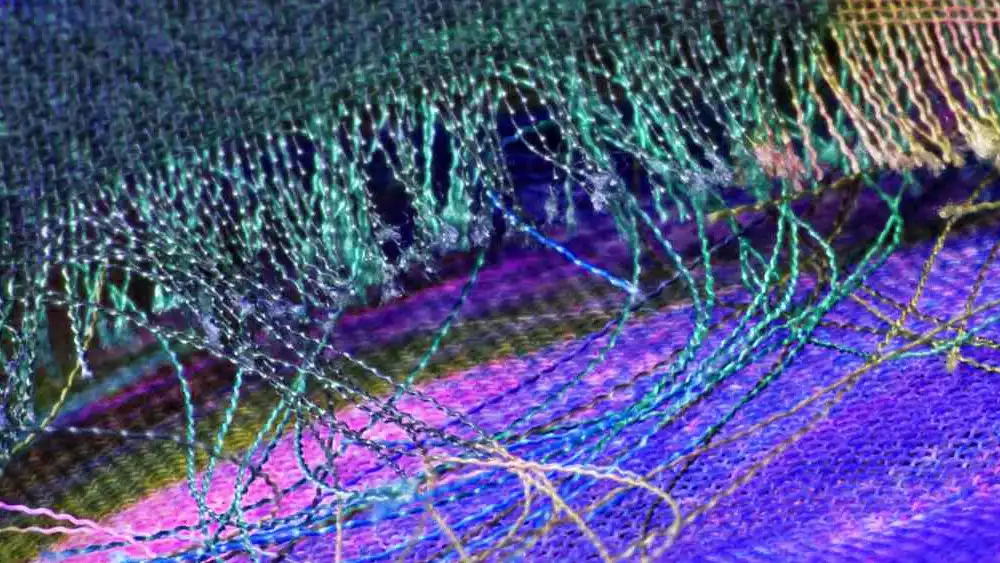
What Causes Fabric Fraying?
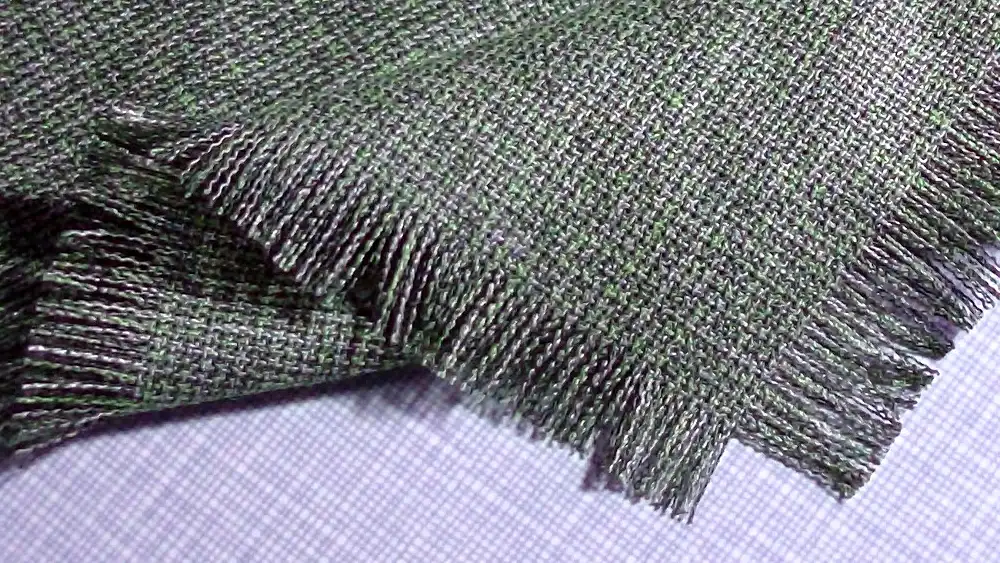
Fabric fraying occurs when the threads of a fabric unravel along its edges, leading to a deterioration in its structural integrity.
This unraveling can be attributed to several factors in the following:
- Natural Properties of Fabric: Fabrics made from natural fibers like cotton or wool are more prone to fraying due to their delicate composition. Additionally, loosely woven fabrics are at higher risk of unraveling.
- Handling and Cutting Techniques: Improper handling during cutting, such as using dull scissors or rough handling, can exacerbate fraying. It’s crucial to employ precise and gentle cutting techniques to minimize fraying.
- Sewing Machine Settings: Using incorrect settings on a sewing machine, such as a high-speed or overly tight stitch, can contribute to fabric fraying. Adjusting the machine settings appropriately is essential for preventing fraying.
- Environmental Factors: Fluctuations in humidity and temperature can weaken fabric fibers, making them more susceptible to fraying. Storing fabrics in a stable environment can help mitigate this risk.
- Wear and Tear: Regular use and laundering of fabrics can cause the fibers to weaken over time, leading to fraying along the edges of quilts and other textile projects.
Understanding these factors is crucial for implementing effective strategies to prevent fabric fraying and preserve the quality of your quilting projects.
Natural Properties of Fabric
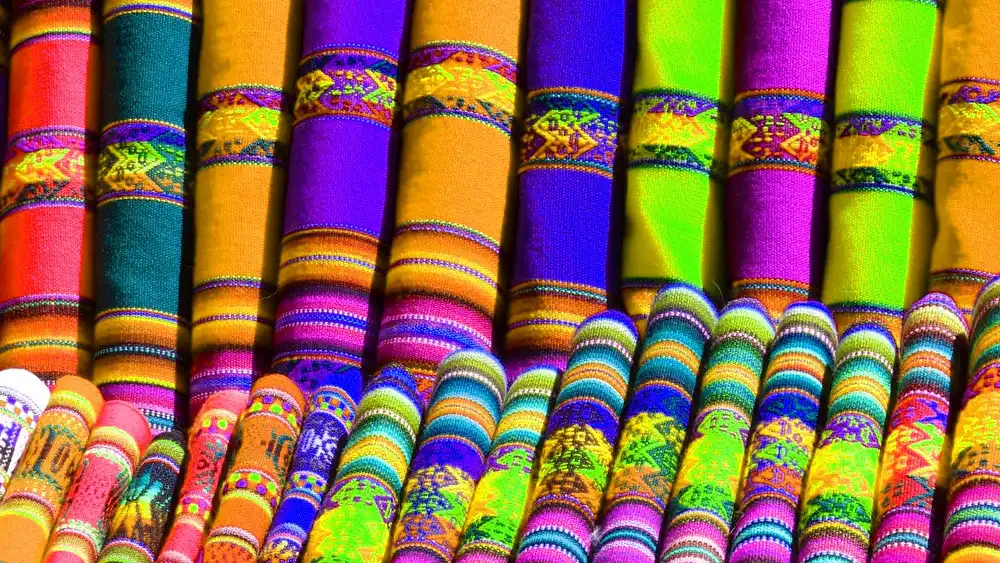
The natural properties of fabric refer to the characteristics inherent in fabrics made from natural fibers such as cotton, wool, silk, and linen. These properties play a significant role in how fabrics behave and interact during the quilting process.
Here are some key aspects:
Delicate Structure: Fabrics derived from natural fibers tend to have a delicate structure compared to synthetic counterparts. This delicate nature makes them more susceptible to fraying and wear over time.
Breathability: Natural fibers are known for their breathability, allowing air to circulate through the fabric. While this is advantageous for comfort, it can also contribute to fraying as the fibers may be more loosely woven.
Absorbency: Fabrics like cotton have high absorbency, meaning they can hold moisture. While this is beneficial for comfort, it can also weaken the fabric fibers over time, making them more prone to fraying.
Natural Variations: Natural fibers often exhibit variations in texture, color, and strength, which can influence their susceptibility to fraying. For example, certain types of cotton may fray more easily than others due to differences in fiber length and thickness.
Understanding the natural properties of fabric is essential for quilters as it enables them to select the most suitable materials for their projects and implement appropriate techniques to prevent fraying and ensure the longevity of their creations.
Handling and Cutting Techniques
Improper handling and cutting techniques, such as using dull scissors or rough handling, can exacerbate fraying. Precision and care are paramount during these initial stages.
Sewing Machine Settings
Incorrect sewing machine settings, such as using a high-speed or tight stitch, can contribute to fabric fraying. Adjusting your machine settings appropriately is essential for preventing fraying.
Environmental Factors
Humidity and temperature fluctuations can weaken fabric fibers, making them more prone to fraying. Storing your quilting materials in a stable environment can mitigate this risk.
Wear and Tear
Regular use and laundering can cause fabric fibers to weaken over time, leading to fraying along the edges of quilts and other textile projects.
Essential Tools for Preventing Fabric Fraying

Rotary Cutter and Cutting Mat
Invest in a quality rotary cutter and self-healing cutting mat to ensure clean, precise cuts without damaging the fabric edges.
Pinking Shears
Pinking shears feature serrated blades that create zigzag edges, effectively reducing fraying by minimizing the length of exposed fabric threads.
Fabric Stabilizer
Applying a fabric stabilizer to the fabric edges before cutting can reinforce the fibers and prevent unraveling during the quilting process.
Fray Check or Fray Block
Fray Check or Fray Block is a liquid solution applied to fabric edges to seal them and prevent fraying. It dries clear and flexible, making it ideal for quilting projects.
Serger Machine
A serger machine, also known as an overlock machine, trims and finishes fabric edges simultaneously, preventing fraying and creating professional-looking seams.
Iron and Pressing Cloth
Proper pressing with an iron and pressing cloth can help set seams and prevent fabric distortion, reducing the risk of fraying during the quilting process.
Advanced Techniques to Prevent Fabric Fraying
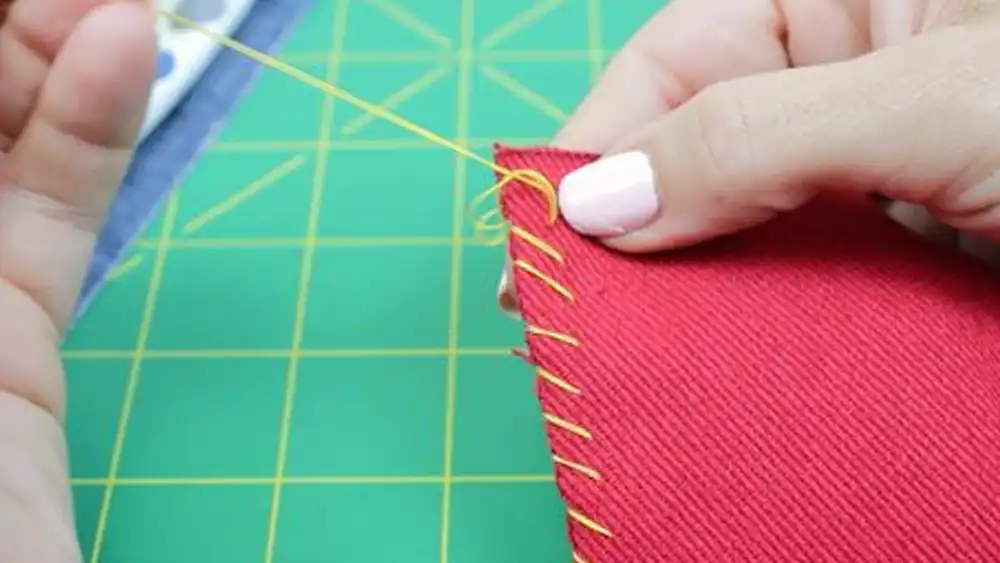
Advanced techniques to prevent fabric fraying offer quilters additional methods to reinforce fabric edges and ensure the longevity of their projects.
Here are some advanced techniques to stop fabric fraying worth exploring:
French Seam: A French seam is a double seam that encases raw fabric edges, preventing fraying and providing a clean finish. This technique is particularly suitable for lightweight and delicate fabrics where traditional seams may cause fraying.
Bias Binding: Bias binding involves cutting fabric strips on the bias (at a 45-degree angle) to create a flexible binding that wraps around fabric edges. Bias binding not only prevents fraying but also adds durability and visual appeal to quilting projects.
Zigzag Stitch: A zigzag stitch is a versatile sewing machine stitch that creates a zigzag pattern along fabric edges, effectively preventing fraying by securing the threads in place. Adjusting the stitch width and length allows for customization based on fabric type and project requirements.
Stay Stitching: Stay stitching involves sewing a row of stitches along the fabric edges within the seam allowance to stabilize the fabric and prevent stretching and fraying during assembly. This technique is especially useful for curved or bias-cut seams prone to fraying.
Hand Overcast Stitch: The hand overcast stitch is a traditional hand-sewing technique that involves wrapping thread around fabric edges to secure them and prevent fraying. While more time-consuming than machine stitches, hand overcasting offers precise control and a delicate finish, making it ideal for delicate fabrics.
Seam Binding Tape: Seam binding tape is a narrow strip of fabric used to encase raw fabric edges and prevent fraying. It provides a clean and durable finish to quilting projects, particularly along seams and edges that experience high stress or wear.
By incorporating these advanced techniques into their quilting repertoire, quilters can elevate the quality and durability of their projects while minimizing the risk of fabric fraying. Experimenting with different methods allows for creative exploration and customization based on individual preferences and project requirements.
How to Keep Fabric From Fraying When Quilting
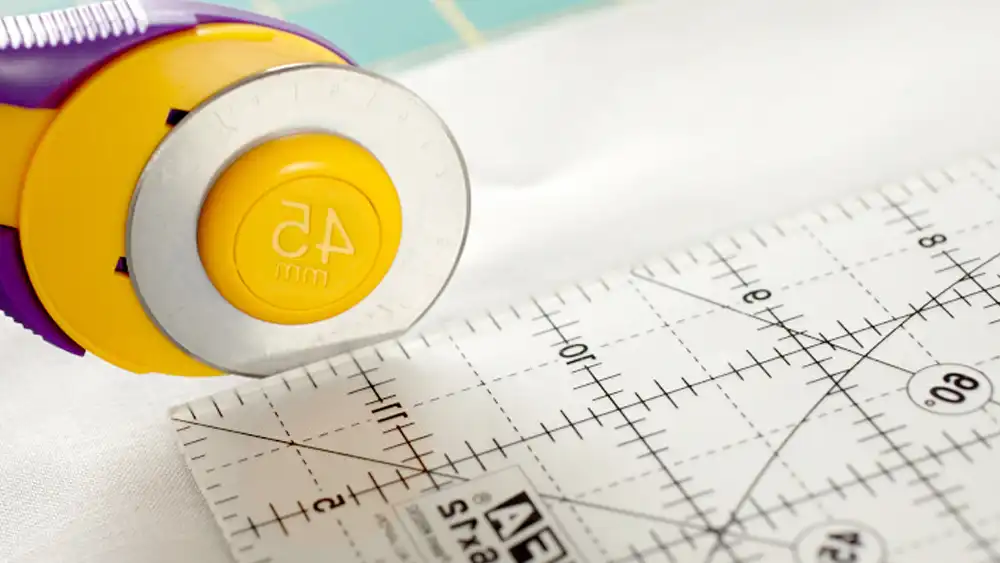
Pre-Wash Your Fabric:
Before starting your quilting project, pre-wash your fabric using a gentle detergent. This helps remove excess dye and stabilizes the fabric fibers, reducing the risk of fraying during quilting.
Use Quality Thread:
Select high-quality thread that is durable and colorfast. Using inferior thread can lead to fraying and weakening of seams over time. Opt for thread specifically designed for quilting projects.
Secure Raw Edges:
Before cutting your fabric pieces, secure the raw edges to prevent fraying. You can do this by using techniques such as serging, zigzag stitching, or applying fray check along the edges.
Handle With Care:
Handle your quilting materials with care to avoid unnecessary stress on the fabric fibers. Avoid pulling or tugging on the fabric excessively, as this can cause fraying along the edges.
Maintain Your Sewing Machine:
Regularly clean and lubricate your sewing machine to ensure smooth operation. Check the tension settings and needle condition before starting each quilting session to prevent fraying caused by machine malfunctions.
Inspect Seams Regularly:
As you sew your quilt pieces together, inspect the seams regularly for signs of fraying. If you notice any frayed edges, reinforce the seams immediately to prevent further unraveling.
By following these steps diligently, you can effectively prevent fabric fraying and ensure that your quilting projects are not only beautiful but also durable and long-lasting.
FAQs
Can I prevent fabric fraying without using special tools?
Yes, you can prevent fabric fraying using basic sewing techniques such as backstitching, zigzag stitching, or applying fabric glue along the edges.
How can I stop fabric from fraying without sewing?
You can prevent fabric fraying without sewing by using fabric glue, fusible interfacing, or iron-on hem tape to secure the edges of your fabric.
Is pre-washing fabric necessary to prevent fraying?
Pre-washing fabric is not strictly necessary to prevent fraying, but it can help stabilize the fibers and remove any excess dye that may cause bleeding during quilting.
What is the best way to finish fabric edges to prevent fraying?
The best way to finish fabric edges to prevent fraying depends on the fabric type and your personal preference. Options include serging, zigzag stitching, applying seam binding tape, or using bias binding.
Can I prevent fabric fraying by using fabric stiffener?
Fabric stiffener can help prevent fabric fraying by stiffening the fibers and reducing their tendency to unravel. However, it may alter the texture and drape of the fabric, so use it sparingly.
How do I fix frayed fabric edges on a finished quilt?
To fix frayed fabric edges on a finished quilt, carefully trim away the frayed threads, apply fray check or fabric glue to seal the edges, and reinforce the seams if necessary.
Conclusion:
Fabric fraying is a common challenge faced by quilters, but with the right techniques and tools, it can be easily prevented. By following the tips outlined in this guide and incorporating preventive measures into your quilting routine, you can ensure that your projects are not only beautiful but also durable and long-lasting.
